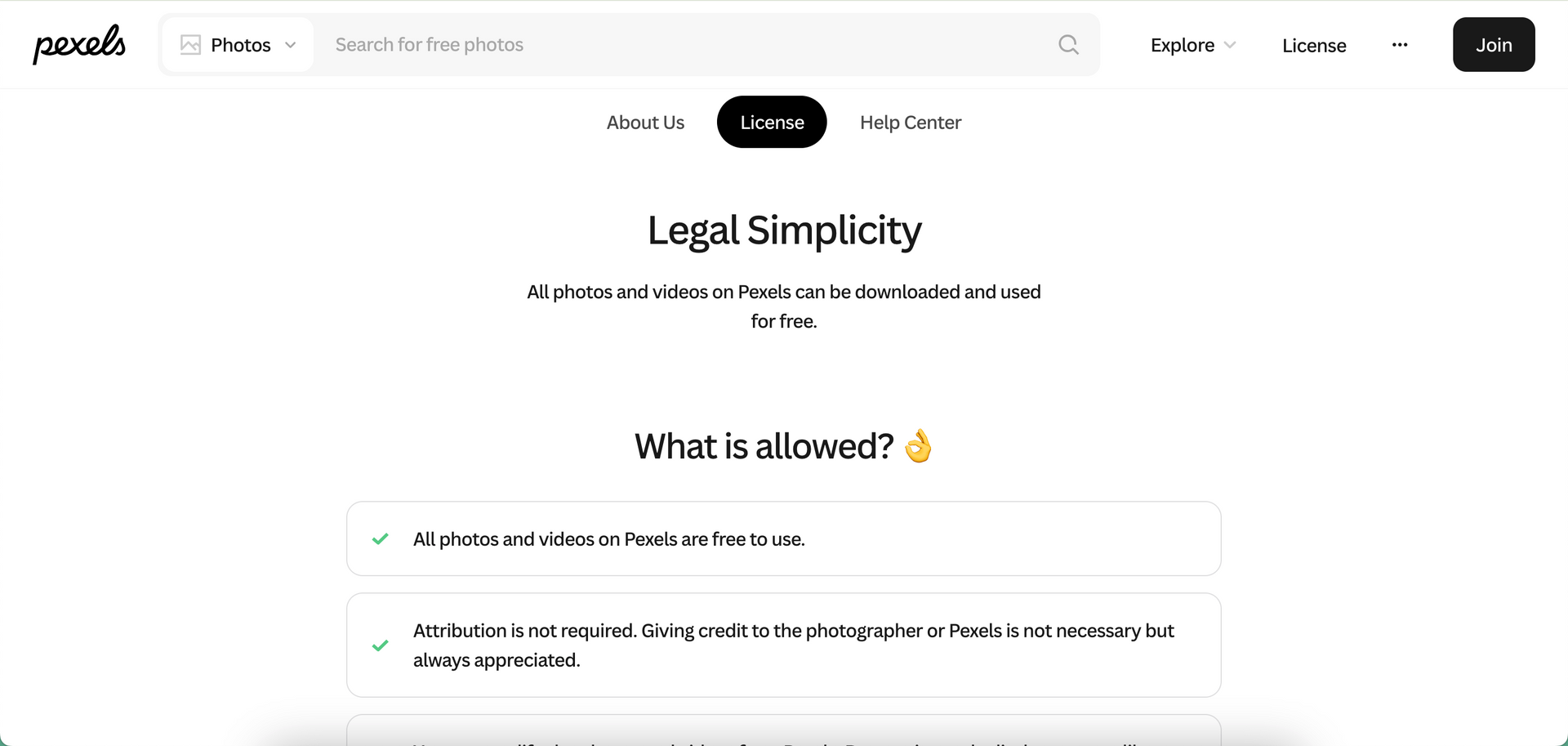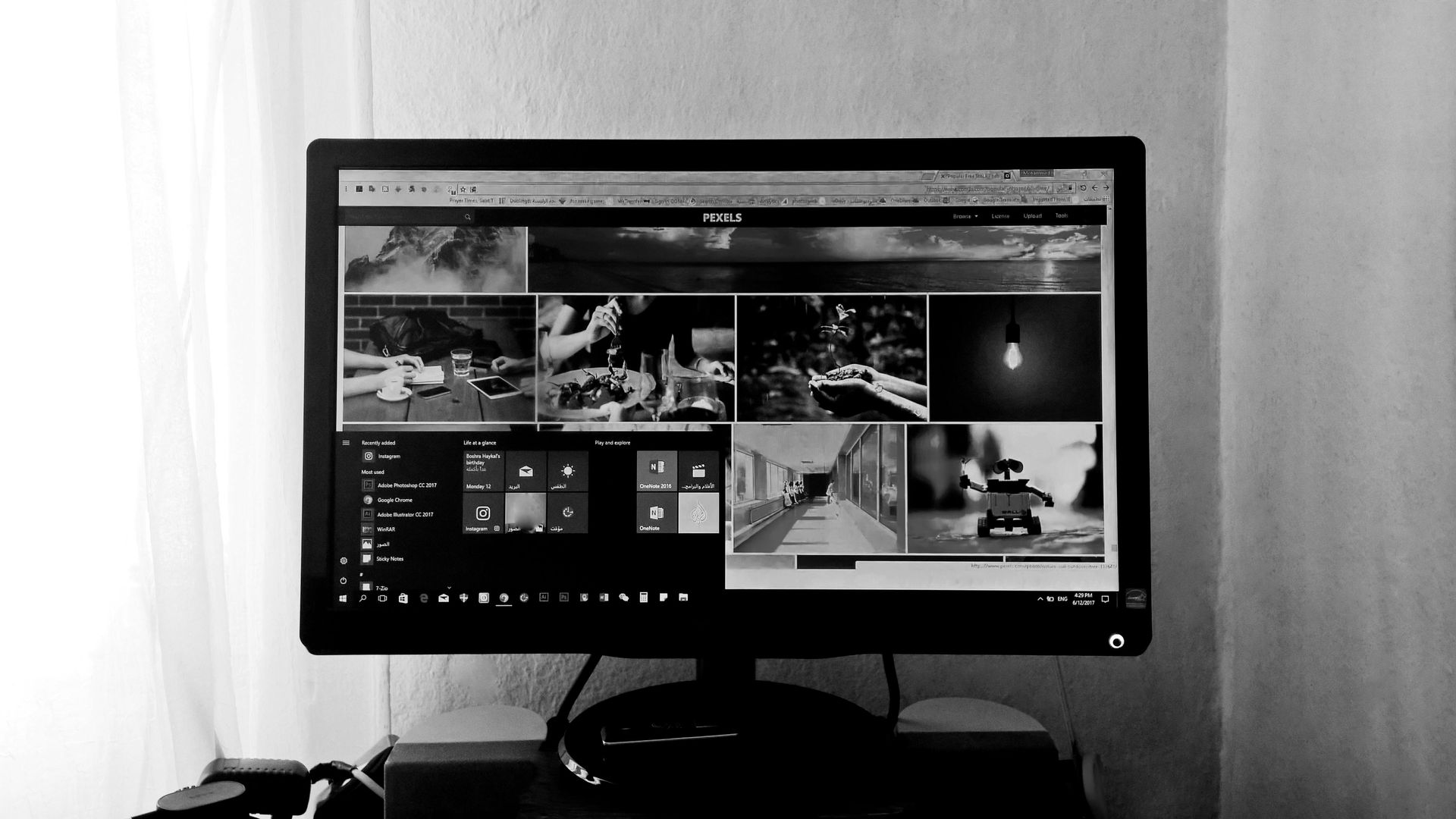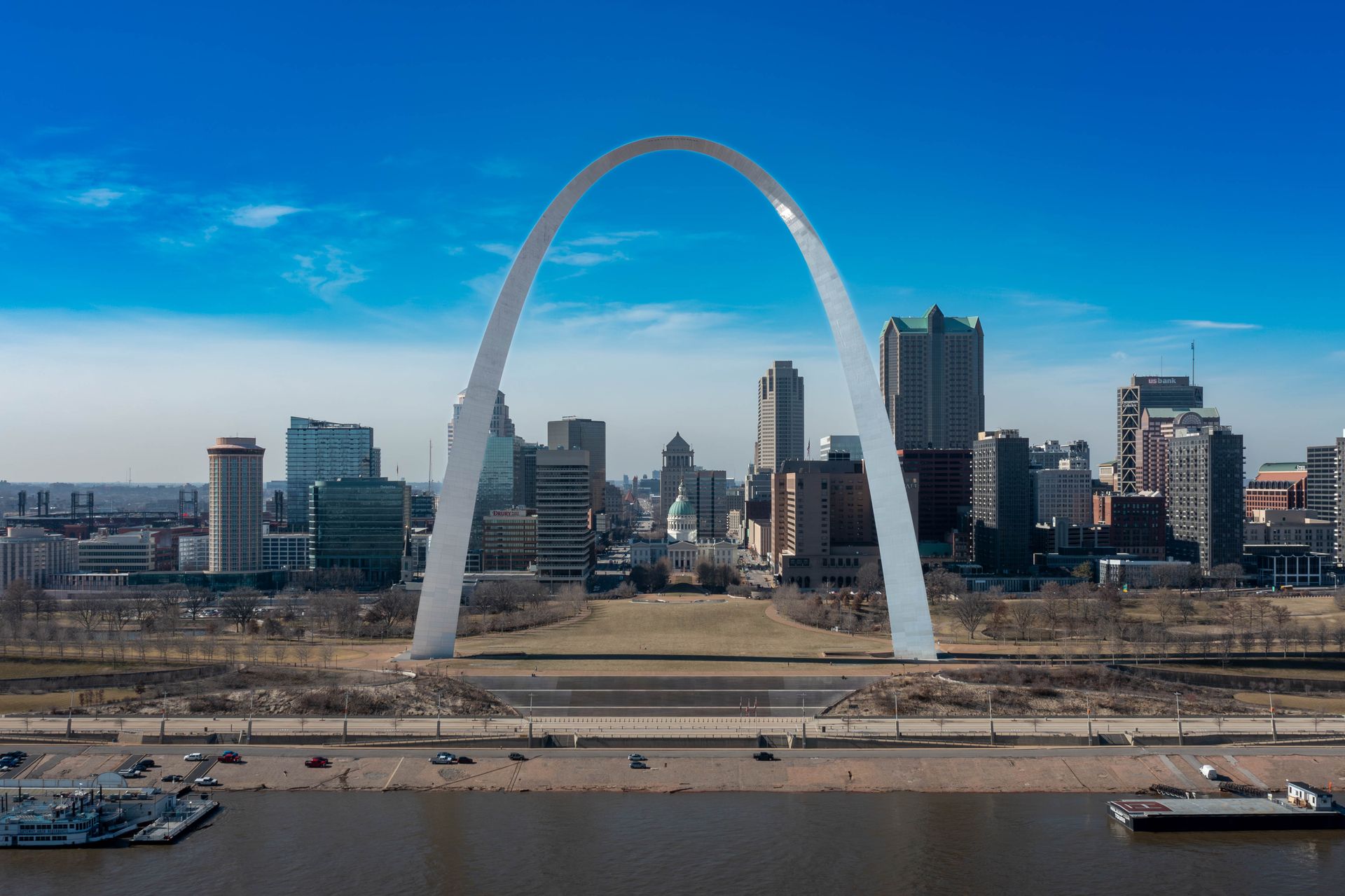What To Do if You Receive a Copyright Infringement Demand Letter
Imagine this: you're a small business owner working to improve your online presence by updating your website and writing blog posts. You pick an engaging topic for your blog post and search Google images for the perfect picture to match. You download some images, save them to your computer, and then hit "publish."
What could go wrong?
While the business owner's actions seem logical, they have made a big mistake. You must ensure you have the proper creative rights when using images, videos, or sound for your organization.
In some instances, people who use images without creative rights may not have any repercussions. However, in recent years, small business owners who have made these mistakes have received demand letters from law firms demanding they pay up for using an asset without permission.
What should small business owners do if they receive a demand letter? How can this situation be avoided?
Let's discuss some practical strategies for these situations.
Please note: We are not lawyers; this is not legal advice. You should always consult with an attorney regarding legal matters.
What to do When You've Received a Demand Letter
Small business owners should take the situation seriously after receiving a demand letter. Even though it may have been an honest mistake for you or someone on your team to use an unlicensed image, using someone else's photograph without proper usage rights breaks copyright law.
Before responding to the inquiry, confirm it is not a spoofing or phishing scam.
If the letter was received via email, don't click on any links or attachments that look suspicious. Do a quick online inquiry of the listed company to determine if it is legitimate.
It turns out there is a sub-industry of law firms that arrange with content creators (usually photographers) to represent them for copyright infringement. The law firms then use search bots to find unauthorized uses of their client's creative assets (images, videos, etc.).
Higbee & Associates, PicRights, David Oppenheimer, KodakOne, Pixsy, and Photoclaim are better-known entities that send out demand letters.
If the demand letter matches a specific image that you are using on your website and the law firm presents sufficient evidence in their letter that you have used it without permission, you need to take it seriously.
While we are not a law firm and are not providing legal advice here, we have encountered this situation twice; here is how we resolved it.
Scenario A. The letter clearly shows there is an image on the website that has violated the photographers usage rights.
In our situation, we pulled the image from Wiki Commons images. Wikimedia Commons is a free online repository of images, videos, sounds, and other media files. It's a project of the Wikimedia Foundation, a nonprofit organization.
However, each image has licensing rules that are in the fine print, which can be easy to miss. We missed the fine print and realized the law firm was technically correct.
Our letter demanded $1,500. However, we contacted the law firm via phone and negotiated the settlement down to $250. Once we reached an agreement, the firm immediately sent us a convenient link to pay the $250 via credit card, followed by an automated document releasing us from future liability. (The firm was run like a well-oiled machine.)
We removed the image from the site and adjusted our internal processes to prevent the honest mistake from happening again.
Scenario B. The letter cites an image that may or may not have been on the website, but it is clearly no longer there.
The law firm found the image on the Wayback Machine website. The Wayback Machine is a free online archive of websites that allows users to view past versions of websites. It's part of the Internet Archive, a nonprofit organization that also preserves books, audio, video, and software.
The firm's email included a screenshot from Wayback Machine, but they could not clearly show when the image was used or for how long. We had no way to prove we didn't use the image, and they didn't seem to have a way to prove we did.
This letter also demanded a couple of thousand dollars. This time, we phoned the law firm and explained our position as outlined above. We explained that we have settled infringement letters in the past, but in this case we were not willing to negotiate or pay anything to the firm.
The rep we talked to was not happy, lost their temper, and threatened further action. But in this case, we felt we had a good defense.
We were polite and professional. It's been over a year, and we haven't heard from them again.

Tips for Small Business Owners
Organization Methods
The biggest advice we can offer small business owners is easier said than done: get organized.
We can't control when attorneys may send demand letters, but we can follow fair use laws to the best of our ability and keep our digital libraries organized.
We also advise small business owners to create a digital asset system that works for their team and trains everyone.
A system is essential, whether using owned organic photos primarily and only acquiring stock photos from specific websites and services or visa-versa. Denoting a spreadsheet and categorizing where each asset is from is also a helpful strategy.
Each team member who will be involved in the content process should train on the system and avoid using any unauthorized assets.
Sourcing Methods
Our Cole-Dalton Marketing team emphasizes using organic photography and videography that is taken or created internally.
Using organic photos ensures you won't have copyright issues. Providing real pictures of your employees, customers, services, and products also brings authenticity to your website and blogs.
When utilizing a stock image, we ensure it is appropriately licensed from sources such as Adobe or Getty Images. While these sites require the asset's purchase, it does ensure that you have the appropriate clearance.
We also utilize free sites that offer simple, easy-to-understand use rights (such as Pexels). These sources allow you to use images for free and usually only ask for a citation as a courtesy.
Understanding Copyright Law
No matter what website you decide to find stock imagery on, make sure you always read the fine print.
Some sites (for example, Wikimedia Commons) sometimes have a copyright statement that appears to be free to use, but upon further inspection, it states that you must buy a license to utilize it (this is a common target of the aforementioned law firms).
Lastly, if you go through a 3rd-party for your marketing, make sure you keep track of what you receive from them; they should be able to tell you where they sourced the image, and they will often be the ones on the hook if they are the one's who broke copyright law.
No matter who is involved in the marketing efforts, it is a good idea for your entire team (including yourself) to have a basic understanding of copyright law, usage rights, and media licensing.

Understanding the Demand Letter
A demand letter might sound something like this:
"Dear (Company or Individual's Name),
It has been determined that you are currently using (name of digital asset) without our authorization, which is copyrighted work in accordance with Title 17 of the U.S. Code.
We have found the unauthorized use of our Work being used at…"
The rest of the letter may include a fine for the alleged copyright infringement and a deadline for a response.
The recipient's first step is to identify which asset the letter refers to. Then, check out where you have used the image (or video, etc.). Is it on your website or a blog? Have you used it in a social media post? Identify all the times you have used the asset and, if possible, where you found the asset.
How to Respond to Demand Letters
Now that we've discussed understanding these demand letters, the next phase is how to respond.
Once again, we are not attorneys ourselves, and this is not legal advice.
While small businesses must remember that they can represent themselves, working with an attorney is the most prudent choice in these situations.
Anyone with a keen eye for research and fine print can work through a copyright/creative use case. However, an attorney specializing in intellectual property cases will offer far more valuable strategies.
Small business owners must also remember the importance of a good reputation. Working with the proper legal team on any disputes should yield more professional results than trying to DIY the problem.

Work With Cole-Dalton Marketing Services
While the landscape of usage rights can feel daunting, it's a necessary evil for small business owners who want to improve their online presence.
Take time to organize your digital assets and stay vigilant with any regulations. If you get a demand letter, stay calm, take it seriously, and move through the situation with the help of an attorney.
Our Cole-Dalton Marketing Services team aims to help small businesses succeed. We focus on marketing management services so you can focus on your business's core.
Need help setting up or managing your online portfolio? Check out our
capabilities and marketing systems, and let's get
in touch to take your business to the next level!









